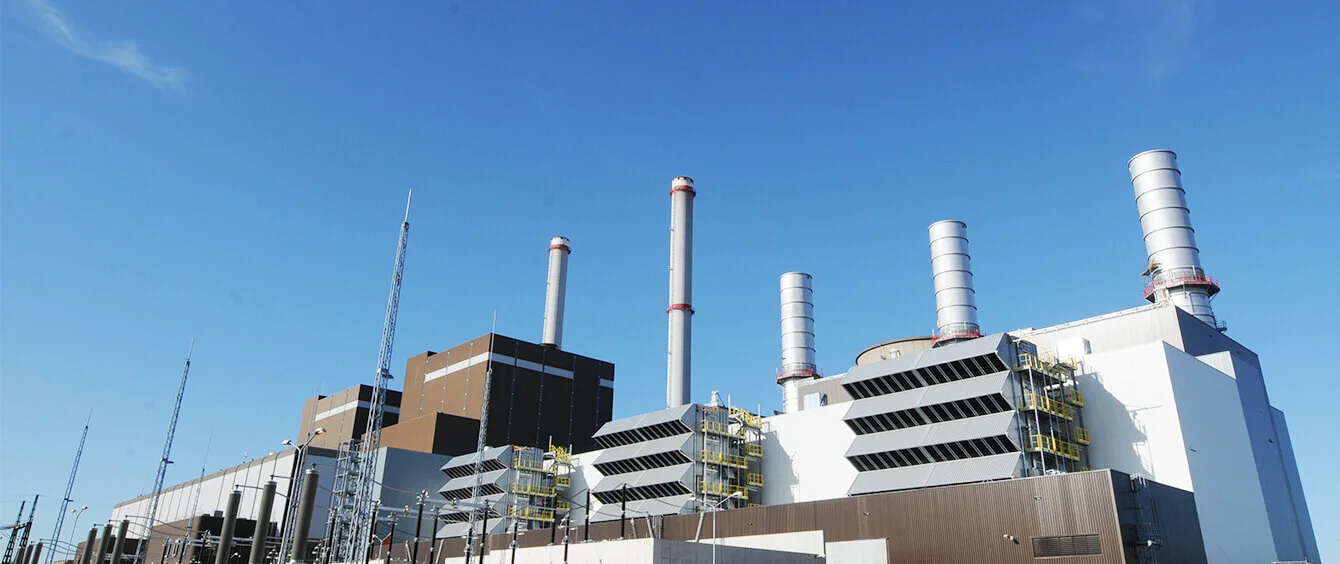In the Dutch town of Maasbracht, everything is still pitch dark inside the combined cycle gas turbine power station known as Claus C. But this will soon change. RWE has now decided to put the mothballed power plant back online. This means that the lights will soon be switched back on, initially for maintenance work.
Electricity for three million households
It will take around two years before the power station can be made operational again. From late 2020 onwards, it is to provide electricity to up to three million households. The cutting-edge CCGT power plant, with a capacity of 1304 MW, had originally been put back online following renovation work in 2012 only to be taken off the grid again two years later due to poor market conditions.
But the market conditions have now changed. Demand for flexible capacities in Europe is ever-growing and the wholesale market has taken a turn for the better. Another factor to be taken into account is the option to connect the power station to the Belgian power grid.
Belgium is set to phase-out nuclear power by 2025
The plant, located in Maasbracht, Limburg Province, near Roermond, is but a stone’s throw away from the national border. This means it could be connected to the high-voltage station of Belgian network operator Elia in Kinrooi via a 13 kilometre-long, subterranean cable. The neighbouring country is currently at risk of future supply shortages as the Belgian government has decided to phase-out nuclear power by 2025. This means that the hunt for alternative power sources is on.
The Belgian government is introducing a capacity market to facilitate this shift and is considering to prioritise an auction system to encourage investments for additional capacity. Claus C could play a pivotal role in supporting Belgian security of supply, once connected to the Belgian power grid. The decision to put Claus C back in operation in the Netherlands is a first step.
By making Claus C’s capacity available to the Netherlands and Belgium, RWE is offering the two countries a quick and efficient solution for a stable and sustainable energy system for the future. Boasting an efficiency rate of nearly 60 percent, the state-of-the-art CCGT power plant is able to use a considerably higher proportion of the energy, contained in fossil fuels, when compared with conventional gas-fired power stations. The carbon footprint per generated kilowatt hour is, thus, notably cheaper.
Renovations will last two years
Following a four-year market-related hiatus, it will take around two years before the gas-fired power plant can be put back in operation. CEO of RWE Generation Roger Miesen sheds some light on the reasons why: “First, the power station needs to be serviced. Although it has been kept in working order over its four-year hiatus, it must now be brought back into top condition. In doing so, we are making sure that Claus C is once again stable and secure enough to generate power over a longer period of time”.
